Nothing ruins a dream vacation faster than getting sick away from home. Whether you’re dealing with a splitting headache in Paris or an upset stomach in Bangkok, having the right supplies can make the difference between a minor hiccup and a major disaster. Smart travelers know that a well-stocked health kit isn’t just helpful—it’s essential for peace of mind and staying healthy on the road.
Here is a list of 19 must-haves that should find their way into every traveler’s health kit before you zip up that suitcase.
Pain relievers
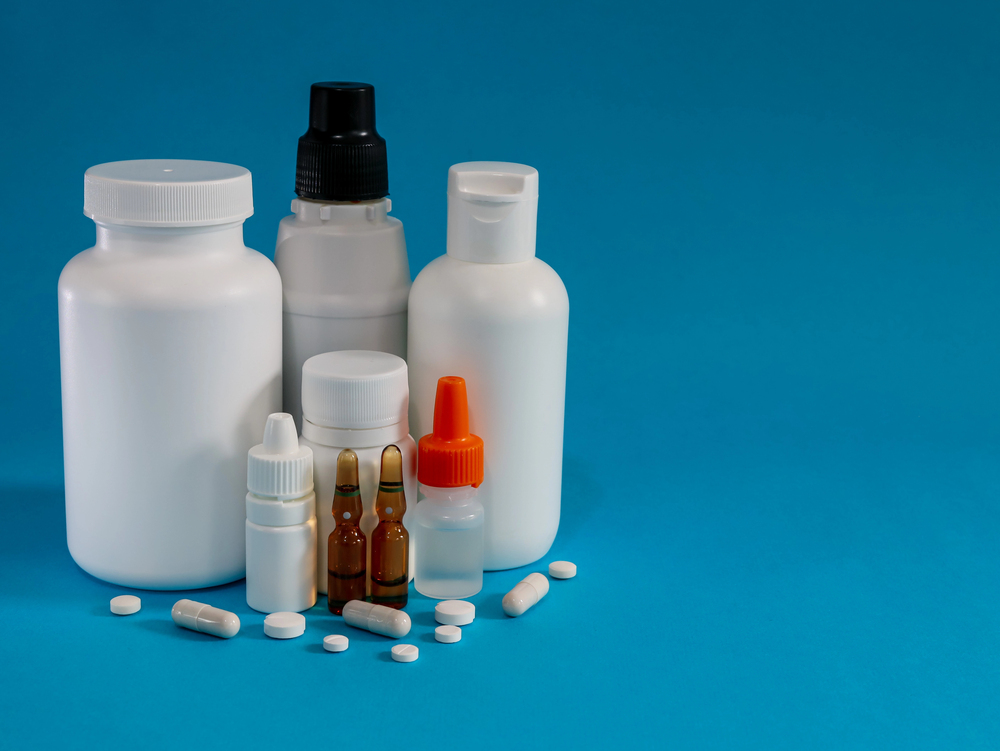
Pack both ibuprofen and acetaminophen because they work differently in your body. Ibuprofen tackles inflammation and muscle pain, while acetaminophen is gentler on your stomach and works better for headaches and fever. Keep them in their original bottles to avoid confusion and make sure you know the proper dosages for each.
Anti-diarrheal medication
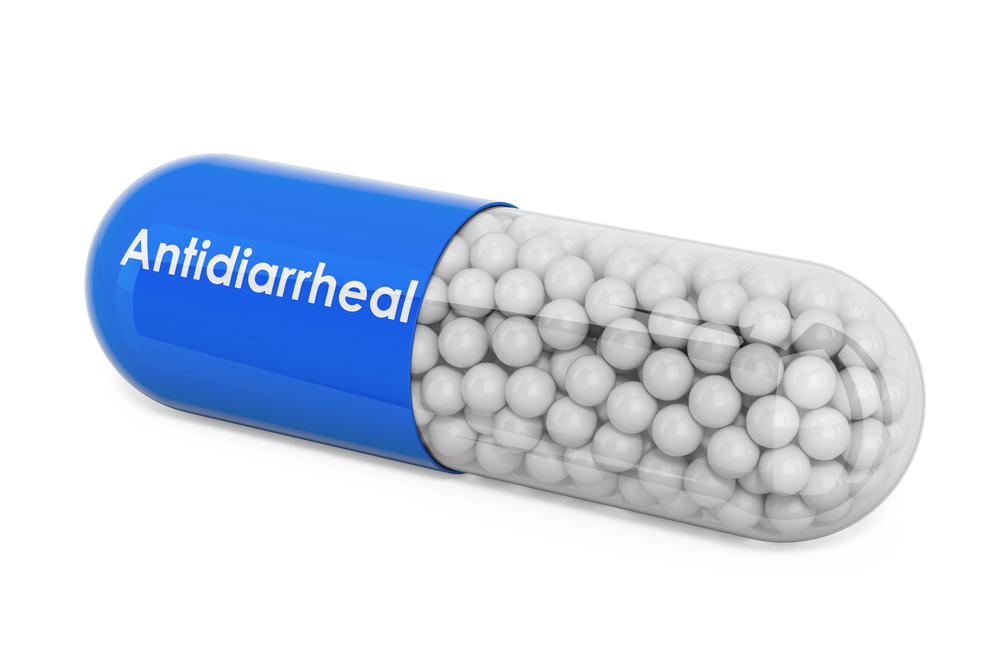
Traveler’s diarrhea affects up to 40% of international travelers, making this little lifesaver crucial. Loperamide can stop symptoms quickly, giving you time to recover instead of spending your vacation camped out in hotel bathrooms. Just remember that this medication treats symptoms but doesn’t cure the underlying cause, so stay hydrated and seek medical help if symptoms persist.
Antihistamines
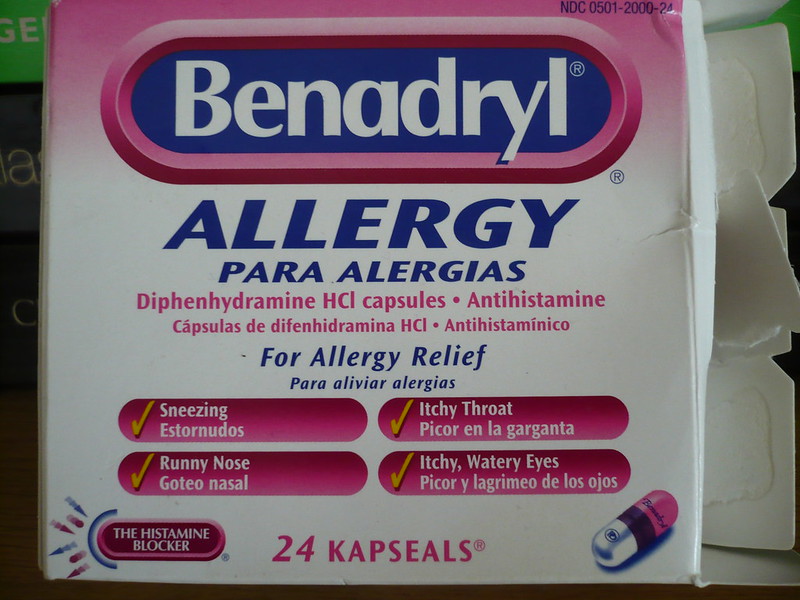
New environments mean new allergens, and you never know what might trigger a reaction. These medications handle everything from seasonal allergies to unexpected food sensitivities, plus they can help you sleep on long flights. Choose non-drowsy formulas for daytime use and keep a few drowsy ones for nighttime relief or flight anxiety.
Hand sanitizer
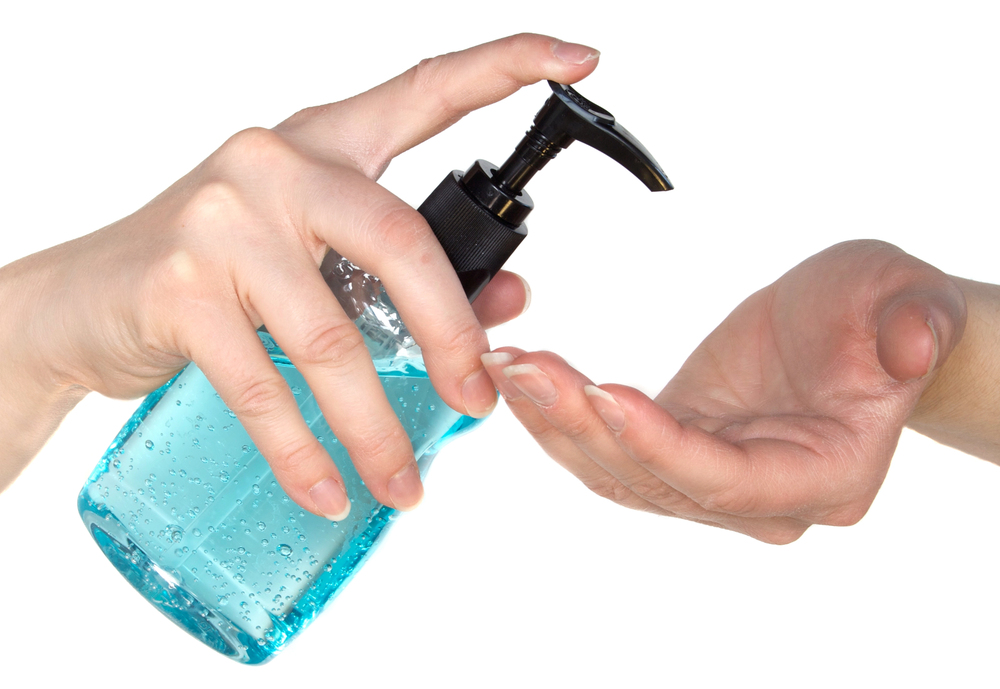
Your hands touch countless surfaces throughout the day, picking up germs like a magnet collects metal shavings. A small bottle of hand sanitizer becomes your portable defense system when soap and water aren’t available. Look for alcohol-based formulas with at least 60% alcohol content for maximum effectiveness.
Adhesive bandages
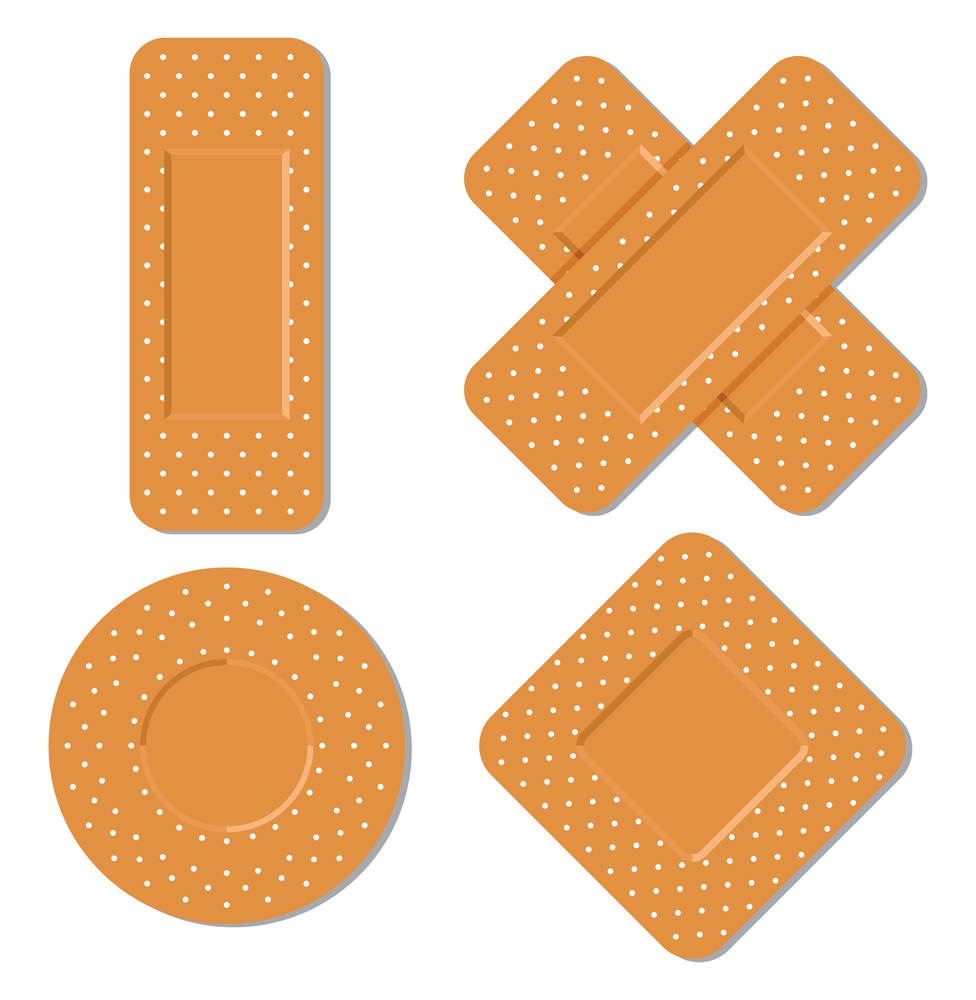
Cuts and scrapes happen when you’re exploring new places, whether from rocky hiking trails or unfamiliar bathroom fixtures. Pack various sizes because a tiny bandage won’t help much with a bigger wound. Waterproof versions work better in humid climates or if you plan on swimming with minor cuts.
Antiseptic wipes

These tiny packets are total lifesavers. You just rip one open, swipe it on a cut, and boom—germs gone. No water, no mess, no hunting for supplies like a scavenger. Honestly, it’s like carrying a teeny-tiny ER in your backpack. Plus, those single-use packets don’t go gross or leak everywhere like a bottle—you won’t end up with antiseptic goo all over your bag (been there, not fun). Perfect for a quick fix before slapping on a bandage.
Digital thermometer
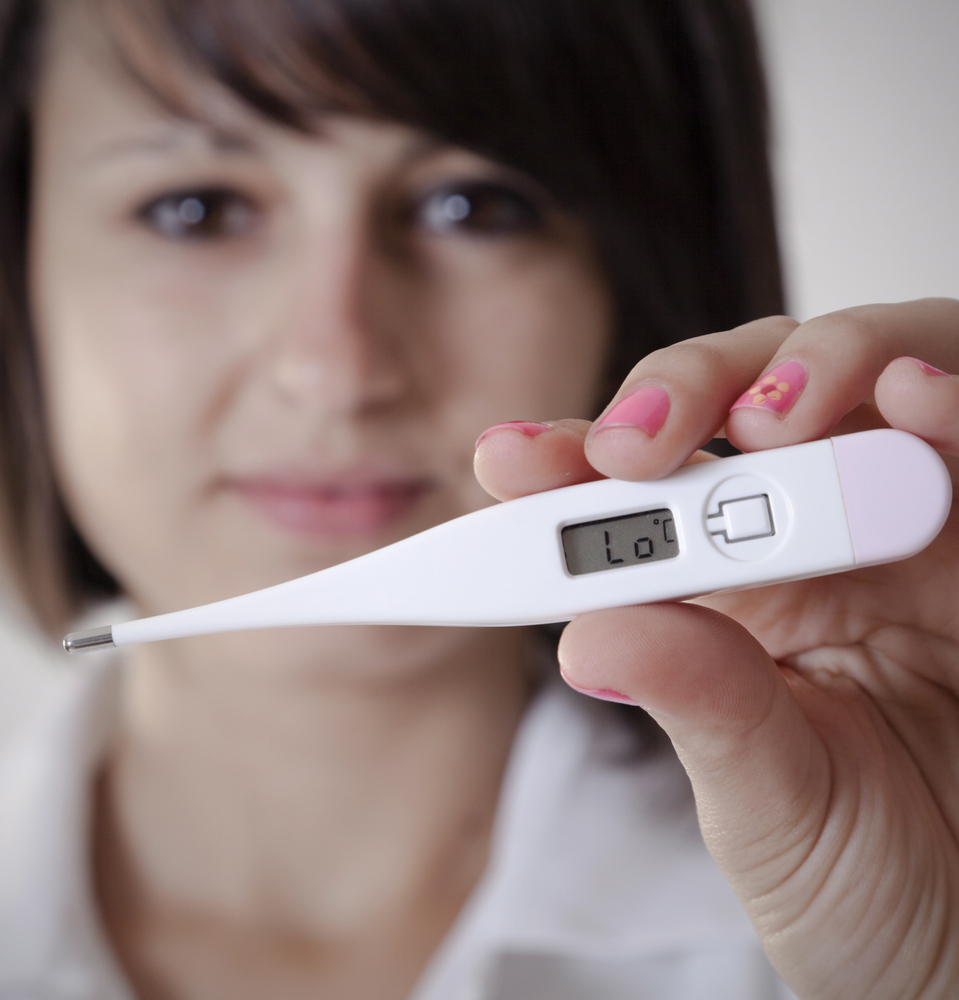
Fever often signals the start of illness, and knowing your exact temperature helps you decide whether to rest or seek medical attention. Modern digital thermometers are compact and give accurate readings in seconds. Some models even store previous readings, helping you track whether your fever is getting better or worse.
Prescription medications
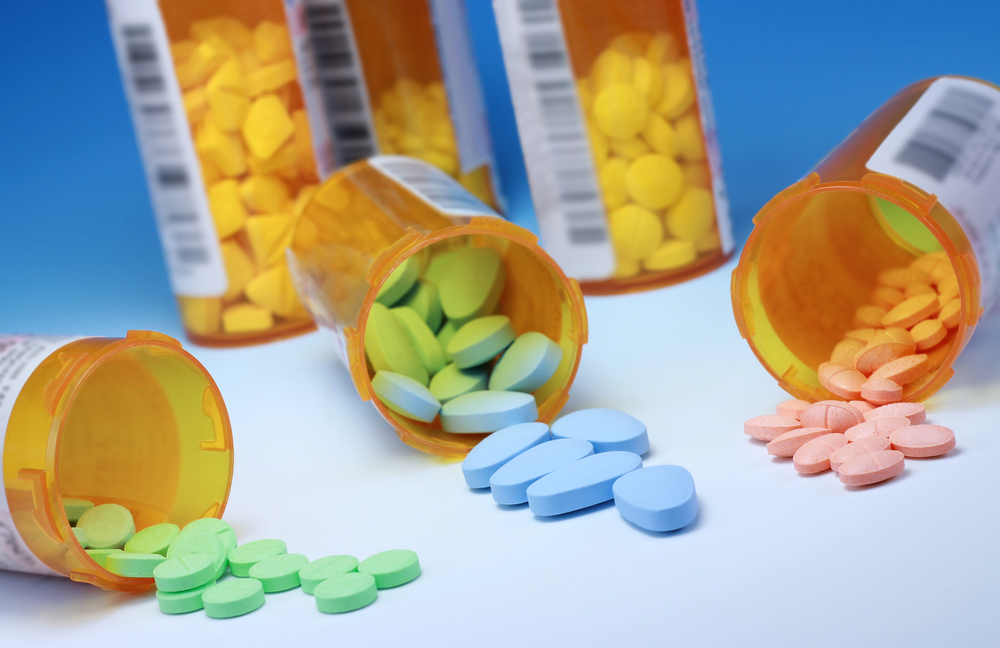
Bring more than you think you’ll need because refilling prescriptions abroad can be complicated or impossible. Pack them in original containers with pharmacy labels to avoid customs issues. Split your supply between carry-on and checked luggage in case one bag gets lost.
Sunscreen
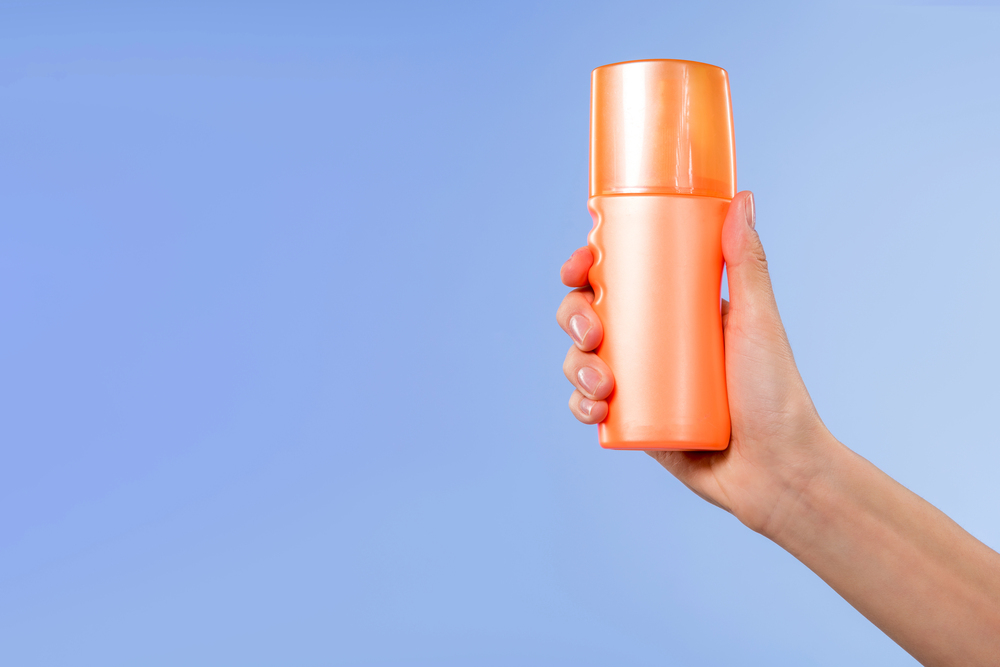
UV rays don’t take vacations, and they’re often stronger in tropical destinations or high-altitude locations. Choose broad-spectrum protection with at least SPF 30 to prevent painful burns that can ruin several days of your trip. Reapply every two hours and after swimming, even if the product claims to be waterproof.
Insect repellent
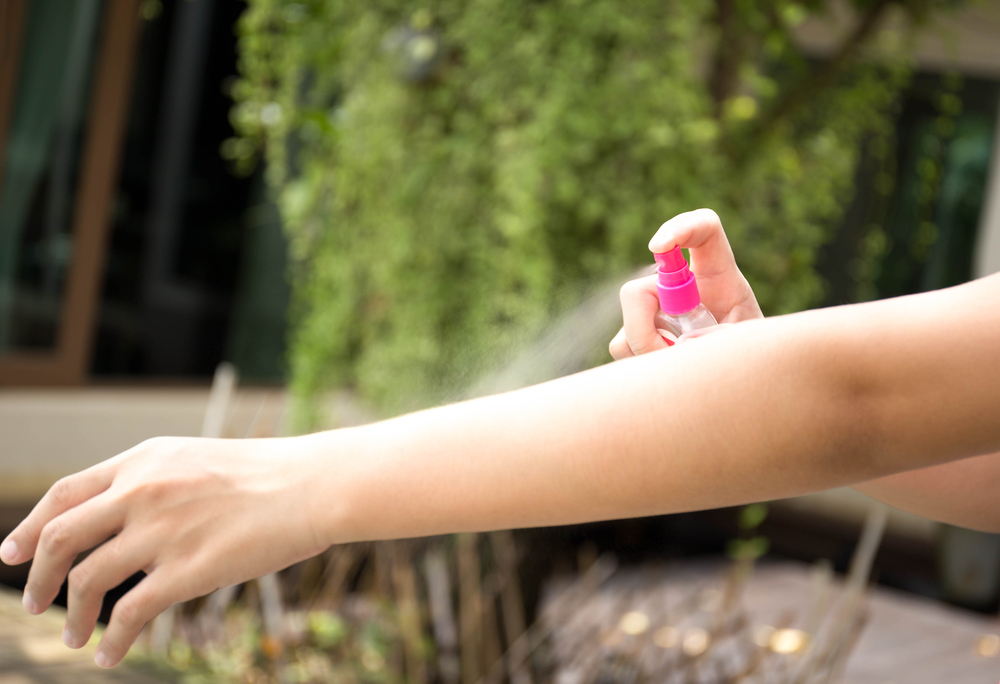
Mosquitoes and other bugs can carry serious diseases in many parts of the world. DEET-based repellents offer the most reliable protection, creating an invisible barrier that keeps disease-carrying insects at bay. Apply it after sunscreen and reapply according to package directions, especially in areas with known disease risks.
Motion sickness medication
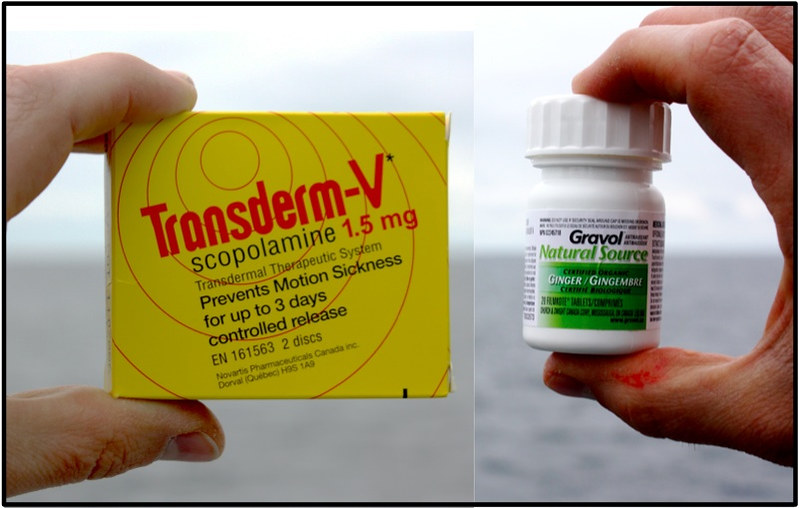
Winding mountain roads, choppy boat rides, and turbulent flights can turn anyone’s stomach upside down. Take these medications before you feel queasy because they work much better as prevention than treatment. Ginger supplements offer a natural alternative that some people find just as effective.
Electrolyte packets
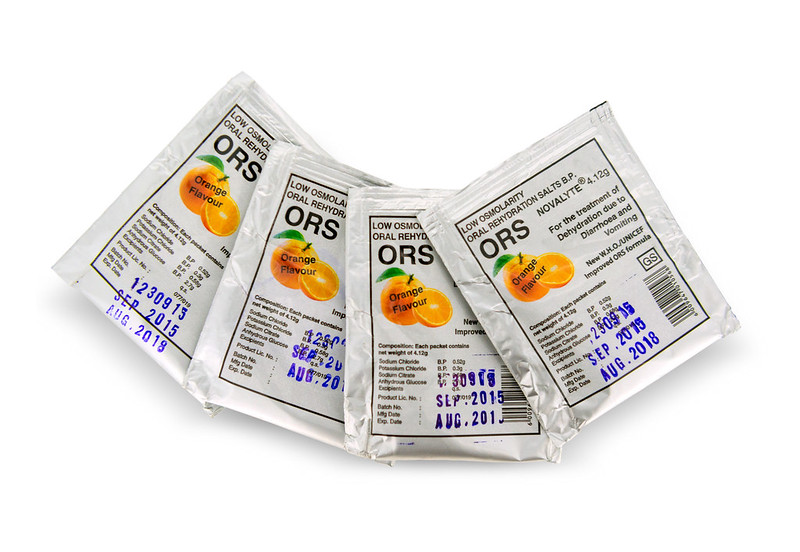
Dehydration happens fast when you’re active in hot climates or dealing with stomach issues. These powder packets restore your body’s balance much more effectively than plain water alone. They’re especially valuable during illness when you’re losing fluids and essential minerals through sweating or digestive problems.
Antacid tablets
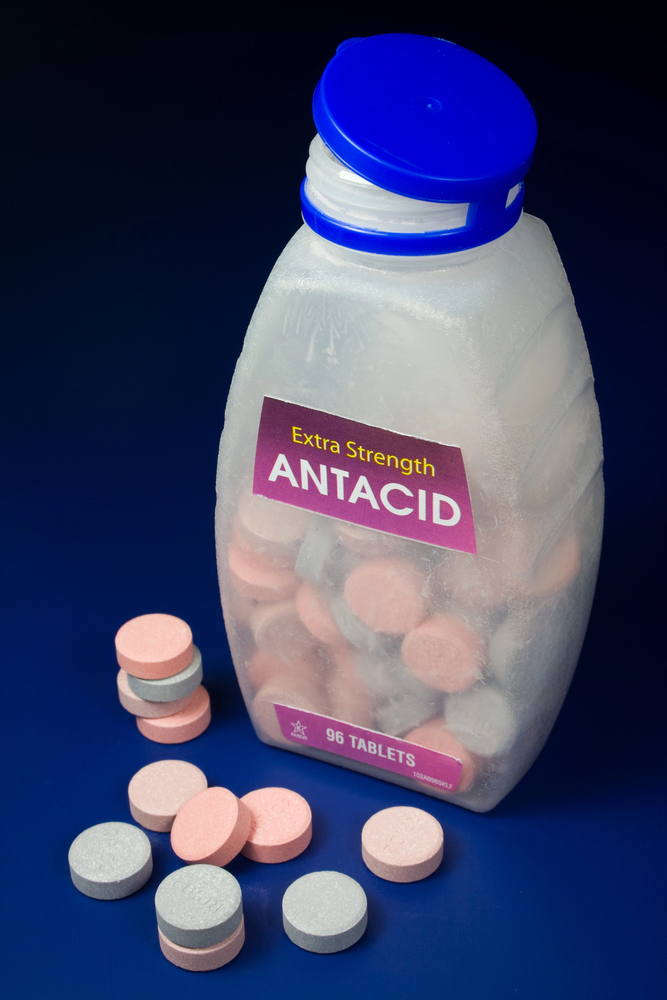
Rich local cuisines and irregular eating schedules can trigger heartburn and indigestion. Chewable antacids provide quick relief and work faster than waiting for your stomach to settle naturally. Pack both calcium-based and simethicone types since they treat different digestive issues.
Tweezers
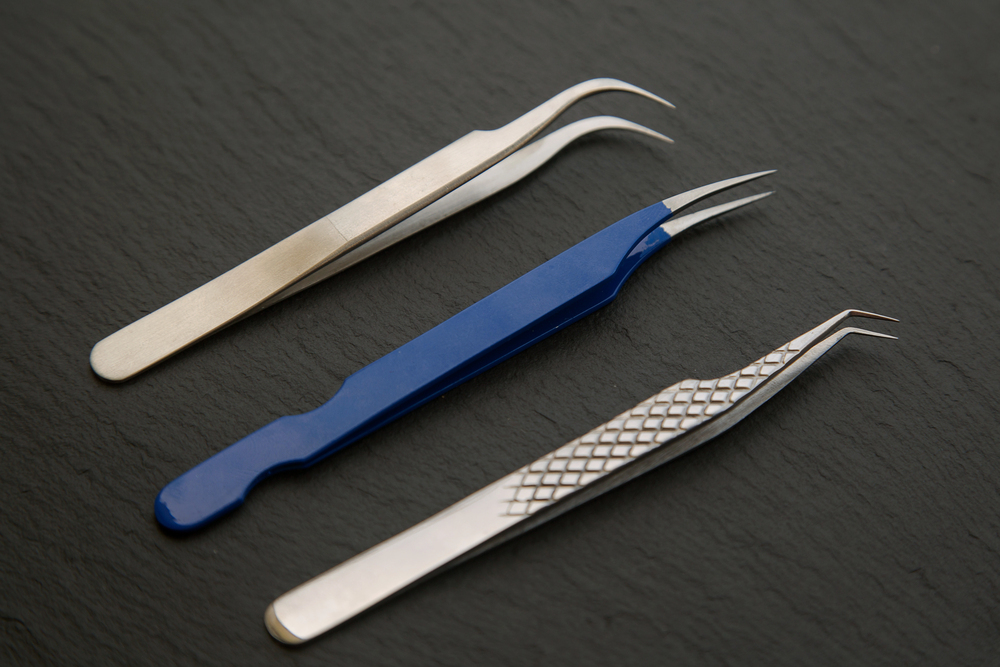
Splinters, thorns, and embedded debris require precise removal to prevent infection. Fine-pointed tweezers let you extract foreign objects safely without pushing them deeper into your skin. Clean them with alcohol before and after use to prevent introducing bacteria into wounds.
Medical tape
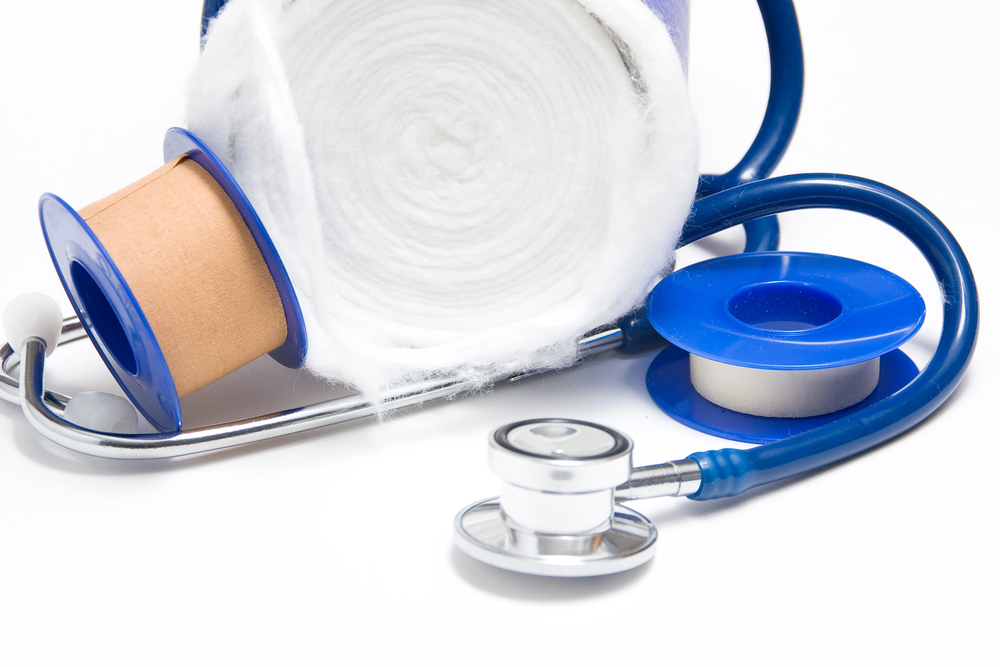
Sometimes regular bandages won’t stay put, especially in humid conditions or on joints that move frequently. Medical tape secures gauze and bandages firmly, creating custom-sized coverage for awkward wounds. Choose paper tape if you have sensitive skin that reacts to adhesives.
Instant cold compress
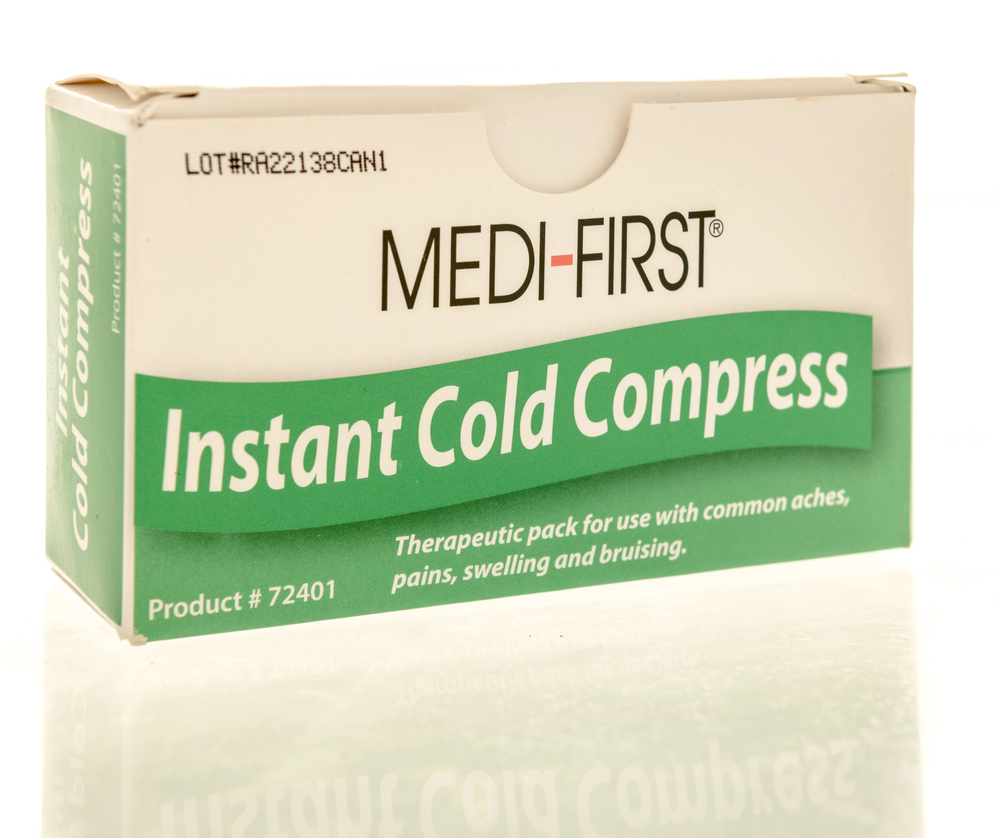
Twist your ankle? Smash your hand on something dumb? Grab one of these cold packs—just squeeze it, and bam, instant chill, no freezer needed. Honestly, they barely last longer than a sitcom episode (like, 20 minutes tops), but that’s usually all you need to calm down the swelling and stop your ankle from looking like a balloon. Super handy when ice cubes are nowhere in sight or, I dunno, you don’t wanna drip all over the place.
Antibiotic ointment
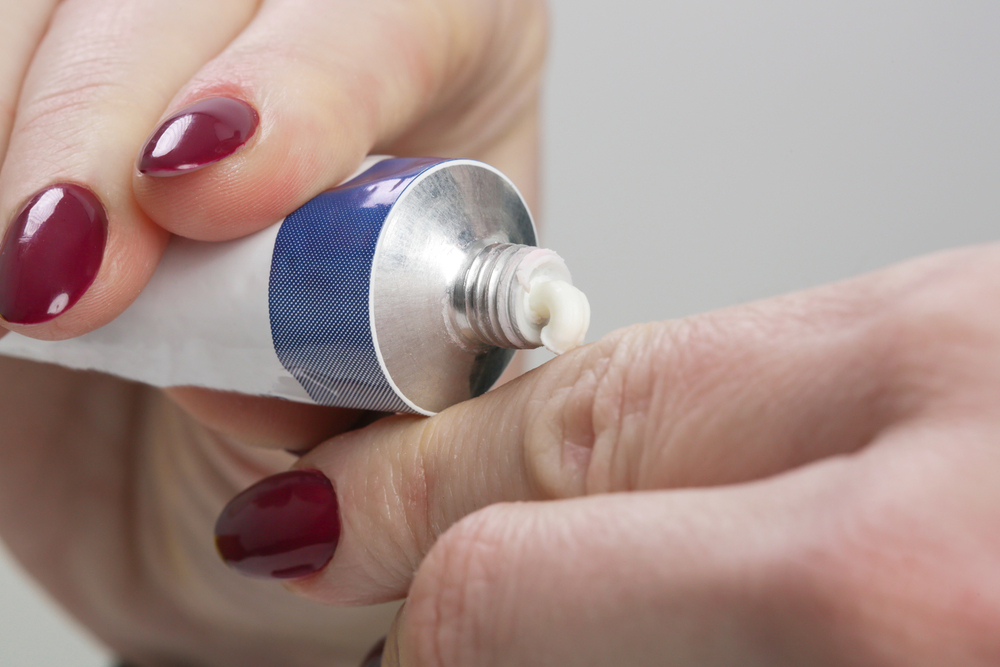
Minor cuts and scrapes can become infected quickly in hot, humid climates where bacteria thrive. A thin layer of antibiotic ointment under a bandage creates a protective barrier against harmful microorganisms. Replace bandages daily and watch for signs of infection, like increased redness or warmth.
Digital copies of prescriptions

Losing medications is stressful enough without trying to remember exact dosages and generic names. Store photos of prescription labels on your phone and email copies to yourself as backup. Include both brand names and generic names since availability varies between countries.
Travel insurance documentation
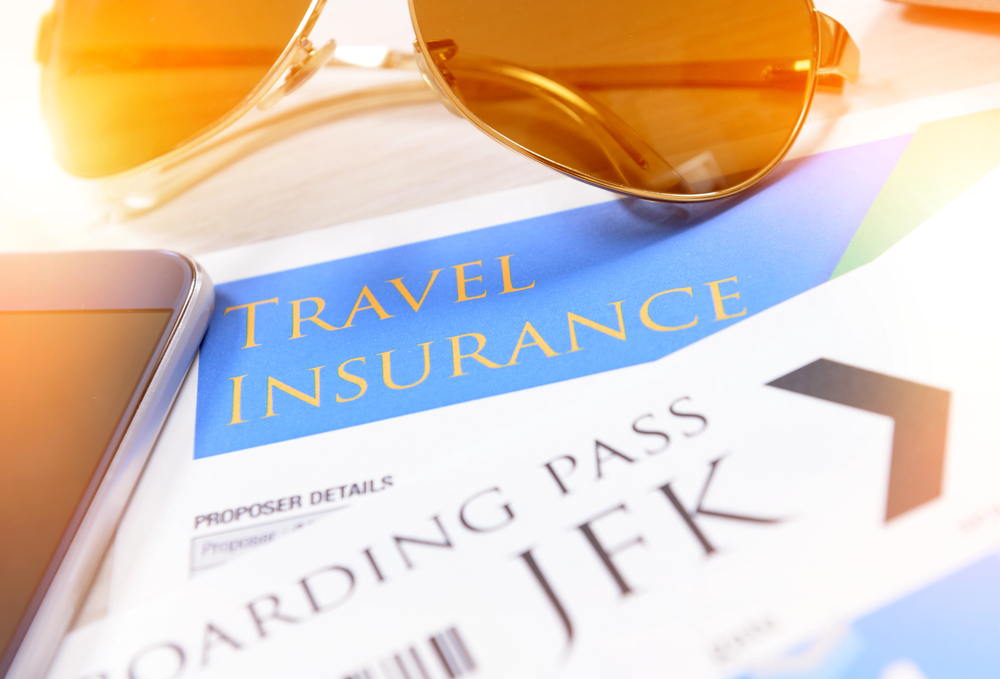
Your regular health insurance might not cover international medical expenses or emergency evacuation. Keep both physical and digital copies of your travel insurance policy, including the 24-hour emergency assistance phone number. Know what’s covered before you travel so you understand your options if something goes wrong.
From medieval apothecaries to modern medicine
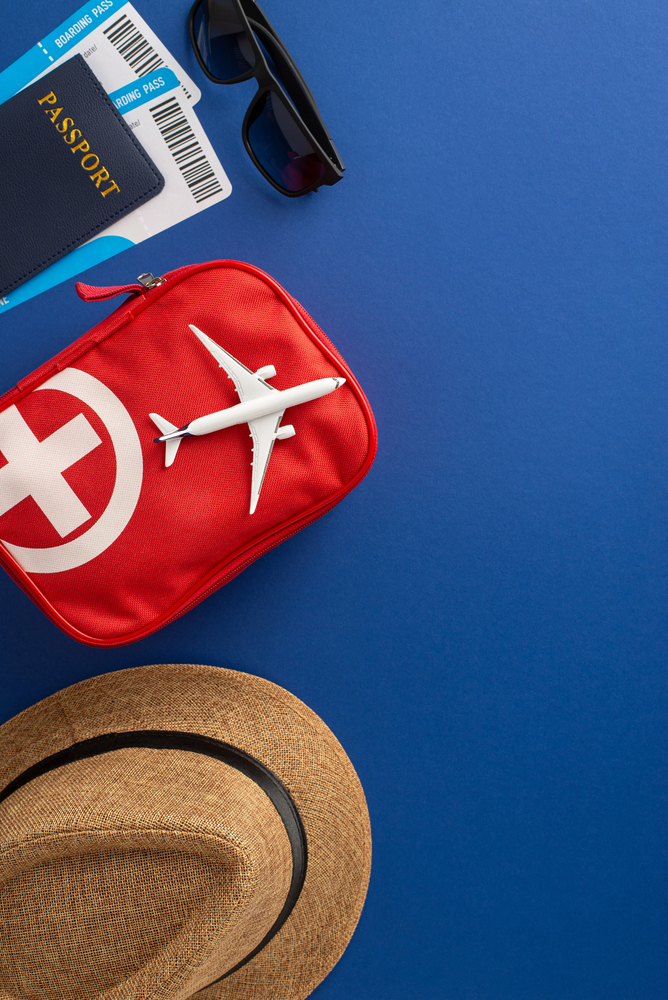
Travel health preparation has evolved dramatically from the days when explorers packed mysterious powders and hoped for the best. Today’s travelers benefit from centuries of medical knowledge condensed into lightweight, effective treatments that fit in a small bag.
These 19 items represent the difference between adventure and ordeal, giving you the confidence to explore knowing you’re prepared for whatever comes your way. The best travel health kit is the one you never have to use, but when you need it, you’ll be grateful for every single item tucked inside.
More from Travel Pug

- 20 Best Beach Towns in the Carolinas
- 13 Destinations Where Tourists Regularly Regret Their Trip
- 20 Things You Actually Get in First Class
- 20 Small Airports With Aviation Museums
- 20 Places in the U.S. That Are Perfect for a Reset Trip
Like Travel Pug’s content? Follow us on MSN.
